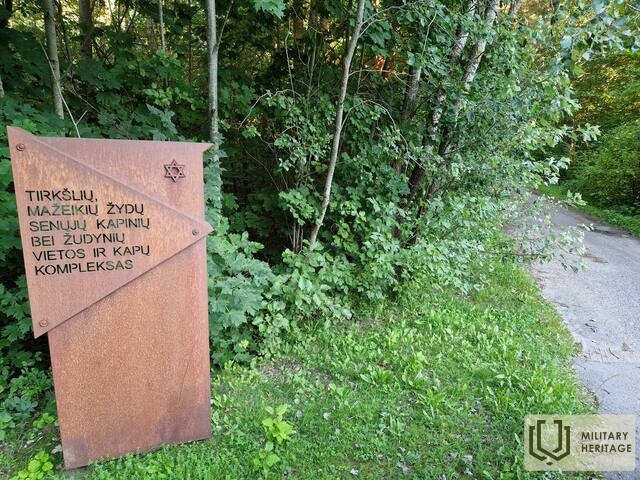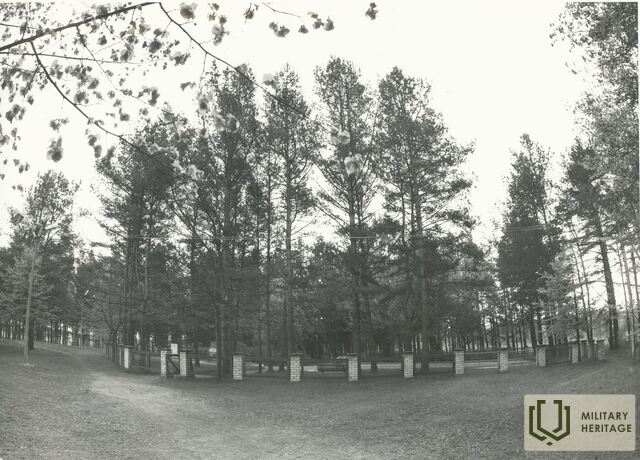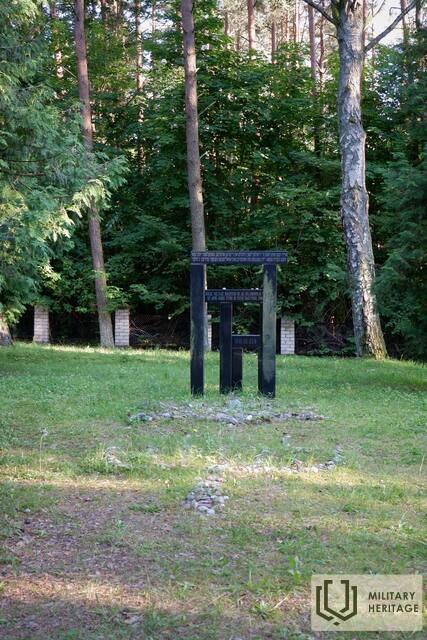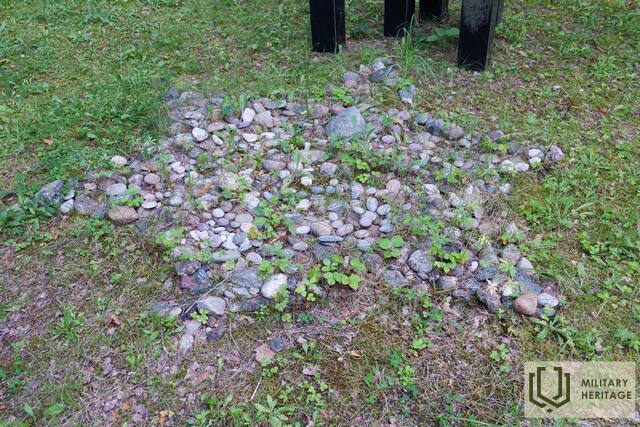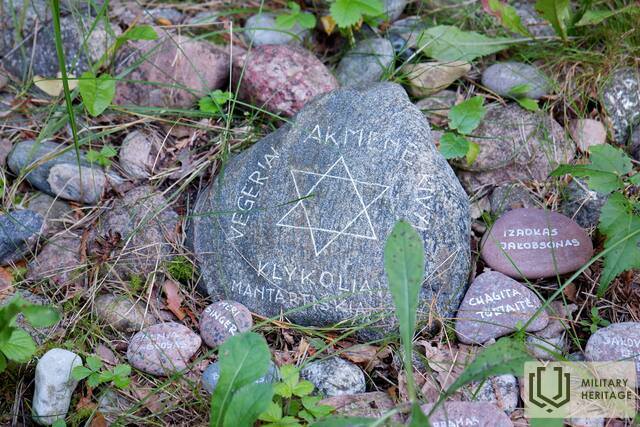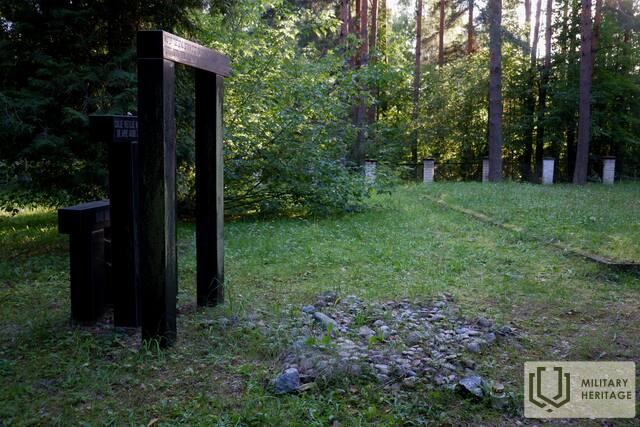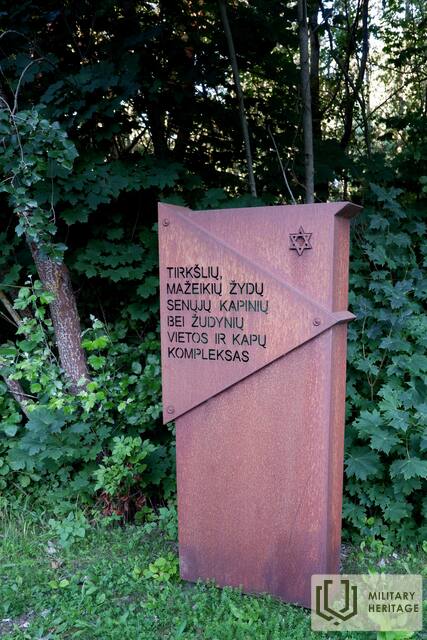The site of the massacre of Jews in Mažeikiai and its surroundings
Memorial site

The object is located near the old Mažeikiai Jewish cemetery. When driving along Sedos Street (road 164) from Mažeikiai towards Tirkšliai/Seda, there is a sign on the left side of the road "Cemetery of the Victims of the Jewish Genocide and World War II".
By the beginning of the Holocaust, on July 1, 1940, about 1,100 Jews lived in the town of Mažeikiai. At the end of June 1941, with the beginning of the German occupation, up to 1,000 Jews were arrested and held in the Mažeikiai synagogue. In mid-July, the Jews of Leckava – about 40 people – were imprisoned in the Lačas barn in Mažeikiai, the women and children in the barn, and the men in the synagogue.
On July 29, 1941, the Germans who arrived in Mažeikiai forced the Jews to dig holes near the Jewish cemetery, and on July 30, at 6 a.m., mass murders began. On the first day, the Germans shot, and later the local White Guards continued the killings. In early August, Jews from other villages and Soviet activists were also shot near the same cemetery.
On December 7, 1944, by order of the Soviet commission, the graves were excavated and a forensic medical examination was conducted. It was established that 3 km from Mažeikiai, on the bank of the Venta River, 5 graves were found in the Jewish cemetery, in which about 4,000 remains were buried. The number of Jews shot near Mažeikiai is indicated differently - from 3,000 to 4,000. Historical research suggests that these numbers are inflated - there were about 2,500 victims.
Currently, the object is a tourist attraction that can be visited by anyone interested in the history of military heritage.
Used sources and references:
Related timeline
Related stories
2,500 unfortunate souls ended their lives in Mažeikiai
At the end of July 1941, a mass murder of Jews began in Mažeikiai, initiated by the Germans and later continued by local white-collar criminals. People were taken in groups to the Jewish cemetery, forced to undress, and shot near dug pits. Over the course of a few days, more than 2,000 Jews from Mažeikiai and surrounding towns were murdered.




